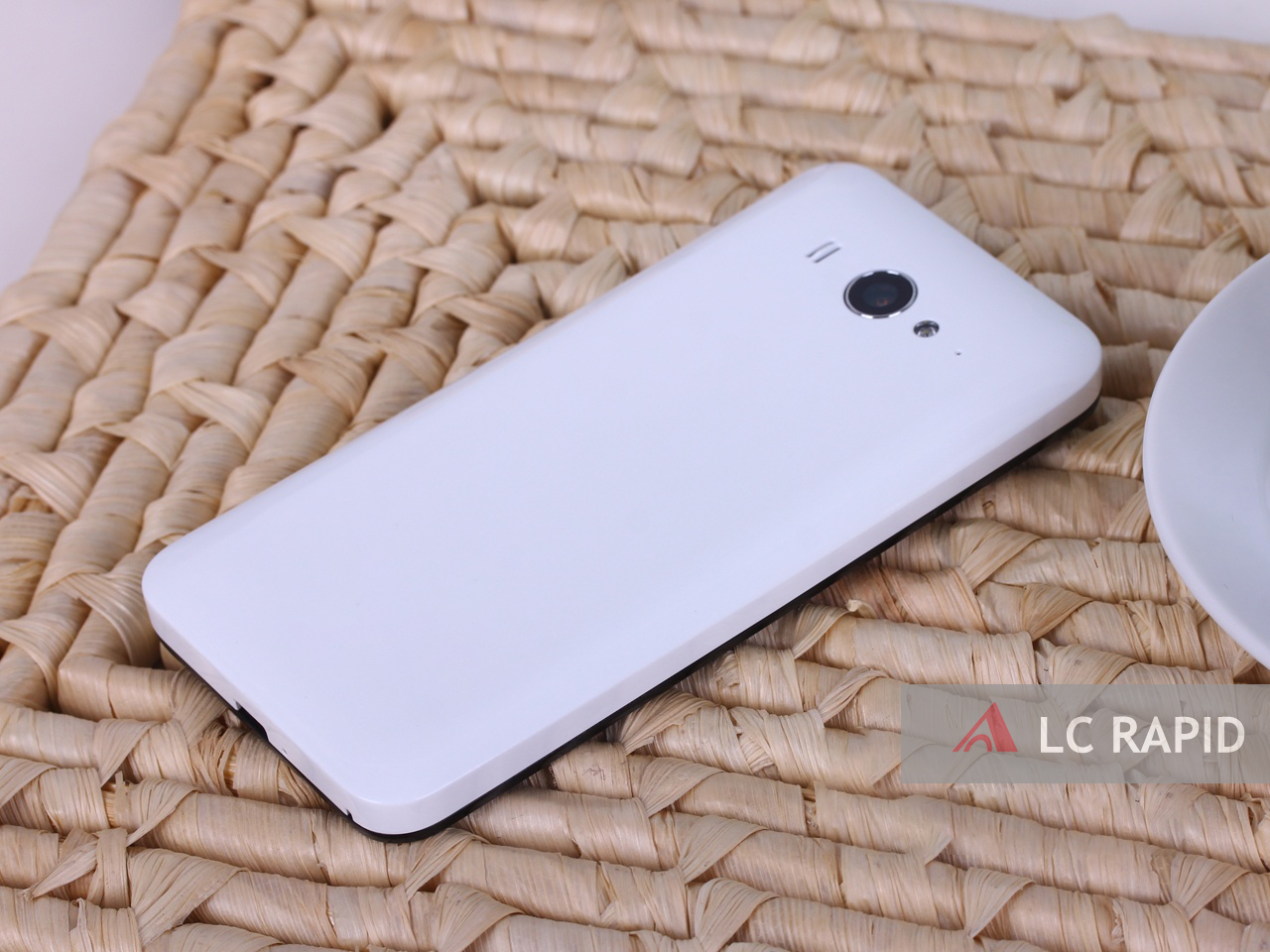+86-18898486814
sales@lcrapid.com
The production of a set of mobile phone shell covers the process of structural design, mold development, injection molding production, spray printing, etc., each of which will affect the final appearance.

A mobile phone shell usually consists of four major parts: face shell (top front), face support (top rear), back support (bottom front), back shell (bottom rear) and some small parts, such as battery cover, buttons, windows, and buckles, anti-scratch strips and other components. You should fully consider the interoperability in the structural design for these components, as well as the assembly with circuit boards, batteries and other components.
Many related issues need to be considered in structural design, such as material selection, internal structure, surface treatment, processing methods, packaging and decoration, etc. The specific points are as follows:
1. It is necessary to review whether the modeling design is reasonable and reliable, including the manufacturing method, the ejection direction of the injection molded plastic part, the ejection angle, the core pulling, the structural strength, and whether the circuit installation (cooperating with electronic engineering personnel) is reasonable.
2. Determine whether the manufacturing process can be realized according to the modeling requirements, including mold manufacturing, product assembly, shell spraying, silk screen, material selection, and the supply of parts to be purchased.
3. Determine whether the product function can be realized and whether it is the best for users.
4. Carry out specific structural design and determine the manufacturing process of each part. Pay attention to the structural strength, installation positioning, fastening methods, product variants, installation positioning of components, and safety requirements of injection molded plastic parts to determine the best assembly route.
5. During the structural design, minimize the difficulty of mold design and manufacturing, improve the efficiency of injection molding processing production, and reduce mold costs and production costs.
6. Determine the production process and testing methods of the entire product to ensure the reliability of the product.
Mobile phone shells are usually made of PC (polycarbonate) or PC+ABS. Due to the poor fluidity of PC, high mold temperature and high material temperature are usually used in the process for filling; the gates used are usually point gates. When filling, it is necessary to use graded injection molding. Finding the position of the gate and the switching position of V-P (injection-holding pressure) will be of great help in solving abnormalities such as gate gas marks and underfill flash.
The following are the key points of injection molding conditions for mobile phone products, introducing the points of attention to the setting of molding parameters such as melt temperature, mold temperature, injection speed, and back pressure.
1. Melting temperature and mold temperature
The optimal injection molding temperature setting is related to many factors, such as injection molding machine size, screw configuration, mold and molded product design, and molding cycle time. Generally speaking, in order to gradually melt the plastic, a lower temperature is set in the rear section/feeding zone of the material pipe, and a higher temperature is set in the front section of the material pipe. However, if the screw design is improper or the L/D value is too small, the reverse temperature setting is also possible.
In terms of mold temperature, high-temperature molds can provide better surface appearance, with less residual stress, and are easier to fill for thinner or longer molded products. The low mold temperature can shorten the injection molding cycle.
2. Screw rotation speed
40 to 70 rpm is recommended, but it depends on the machine and screw design. In order to fill the mold as quickly as possible, the higher the injection pressure, the better, generally with the speed about 850 to 1,400kg/cm2, and the highest speed can reach 2,400kg/cm2.
3. Back pressure
Generally, the lower the setting, the better, but for uniform feeding, it is recommended to use 3 to 14 kg/cm2.
4. Injection speed
The injection speed is closely related to the gate design. When using direct gates or edge gates, a lower injection speed should be used in order to prevent sun and flow marks.
In addition, if the thickness of the finished product is above 5MM, slow injection will help avoid bubbles or dents. Generally speaking, the principle of the injection speed is that the thinner is fast, and the thicker is slow.
When switching from injection molding to holding pressure, the holding pressure should be as low as possible to avoid residual stress in the molded product. The residual stress can be removed or alleviated by annealing; the condition is 120°C to 130°C for about 30 minutes to one hour.
The post-processing of the mobile phone shell usually includes: spraying, color spraying, printing, sandwich printing, electroplating, vacuum evaporation, hot pressing nuts, annealing, ultrasonic welding, etc.
Post-processing methods such as spraying and electroplating can improve the appearance of the plastic, and at the same time improve the wear resistance of the plastic surface; in post-processing methods such as hot-pressure ultrasonic welding, you can add some inserts to facilitate assembly; annealing can eliminate the internal stress of the product to improve product performance.
The entire process of mobile phone shell design, mold opening, debugging, production, and post-processing is interlocked, and only the following factors are integrated can produce a set of exquisite and durable mobile phone shells: reasonable structure and appearance design, accurate mold, reasonable process debugging, stable production and exquisite post-processing.